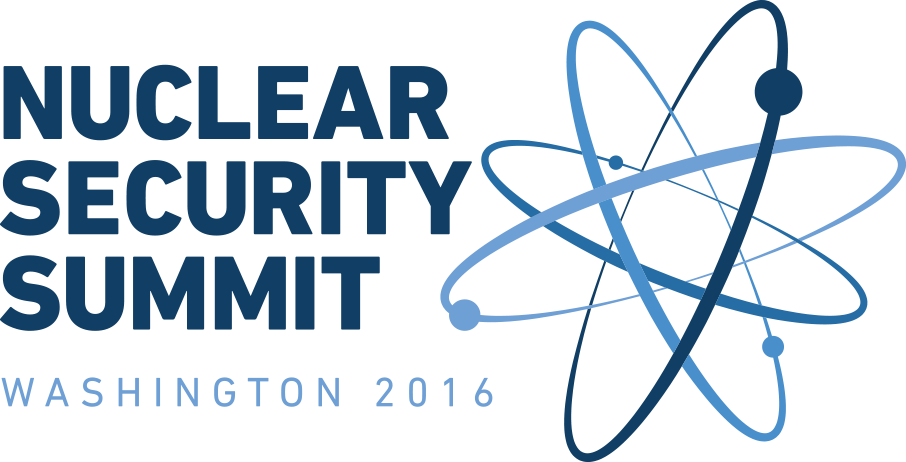History
In his 2009 Prague speech, President Obama stated that nuclear terrorism “is the most immediate and extreme threat to global security.” To mitigate this threat, the President urged that “we act with purpose and without delay,” announcing “a new international effort to secure vulnerable nuclear material around the world” that would begin with “a Global Summit on Nuclear Security that the United States will host.”
By focusing high-level attention on the threat of nuclear terrorism, the Nuclear Security Summits are designed to energize, enhance, empower, and elevate the many existing multilateral and cooperative institutions and structures aimed at securing nuclear materials and preventing nuclear smuggling. In March 2010, nearly fifty heads of state gathered for the inaugural Summit in Washington, the largest gathering of world leaders since the founding of the United Nations. A second Summit was held in Seoul in 2012, a third took place in The Hague in 2014, and as President Obama announced in Berlin in June 2013, will host a fourth Summit in the United States in 2016.
The three Communiqués produced at the 2010, 2012, and 2014 Summits and the Washington Work Plan from the 2010 Summit garnered high-level commitment to advance concrete plans and actions to achieve key nuclear security goals, including:
- Minimizing the use of highly enriched uranium (HEU);
- Bolstering security at nuclear facilities through enhanced national regulations and implementation of best practices;
- Enhanced membership in international instruments and organizations such as the International Atomic Energy Agency;
- Instituting measures to detect and prevent illicit trafficking in nuclear and other radioactive materials; and,
- Centers of Excellence, build capacity, develop technology and coordinate assistance on nuclear Security.
In addition to joining in the Summit Communiqués and Washington Work Plan, many participating countries voluntarily pledged to take specific actions to increase domestic nuclear security and to work through bilateral or multilateral mechanisms to improve security globally. According to research organizations that track Summit commitments, 95 percent of commitments made in Washington have been completed as of 2014. Tangible nuclear security achievements include:
- Removal and/or disposition of over 3.2 metric tons of vulnerable HEU and plutonium material.
- Completely removing HEU from 12 countries – Austria, Chile, the Czech Republic, Hungary, Libya, Mexico, Republic of Korea, Romania, Serbia, Turkey, Ukraine, and Vietnam.
- Verified shutdown or successful conversion to low enriched uranium (LEU) fuel use of 24 HEU research reactors and isotope production facilities in 15 countries, including Bulgaria, Canada, Chile, China, the Czech Republic, Hungary, India, Indonesia, Japan, Kazakhstan, the Netherlands, Poland, Russia, the United Kingdom, and the United States.
- Completion of physical security upgrades at 32 buildings storing weapons-usable fissile materials.
- Installation of radiation detection equipment at 328 international border crossings, airports, and seaports to combat illicit trafficking in nuclear materials.
The Hague Summit built upon the accomplishments of the two previous Nuclear Security Summits in 2010 and 2012 and focused on three main goals: reducing the amount of dangerous nuclear material in the world; improving the security of all nuclear material and radioactive sources; and improving international cooperation. The 2016 Summit will be a transition summit in which heads of state and government are still participating, and includes a shift towards a more sustainable model that builds an enduring architecture that can effectively carry forward key attributes of the Summits while supplementing the good work that is being done by IAEA and other institutions.

